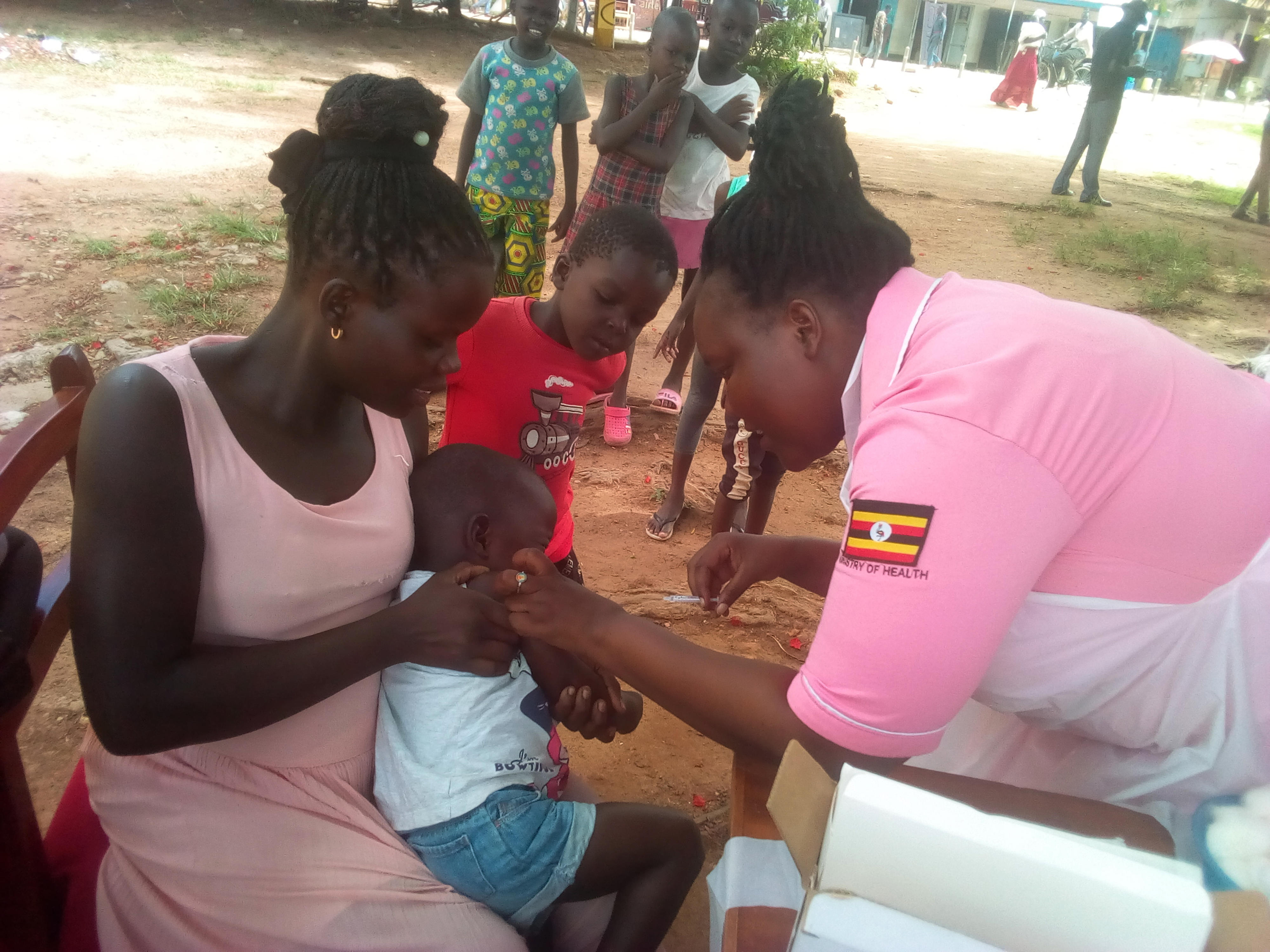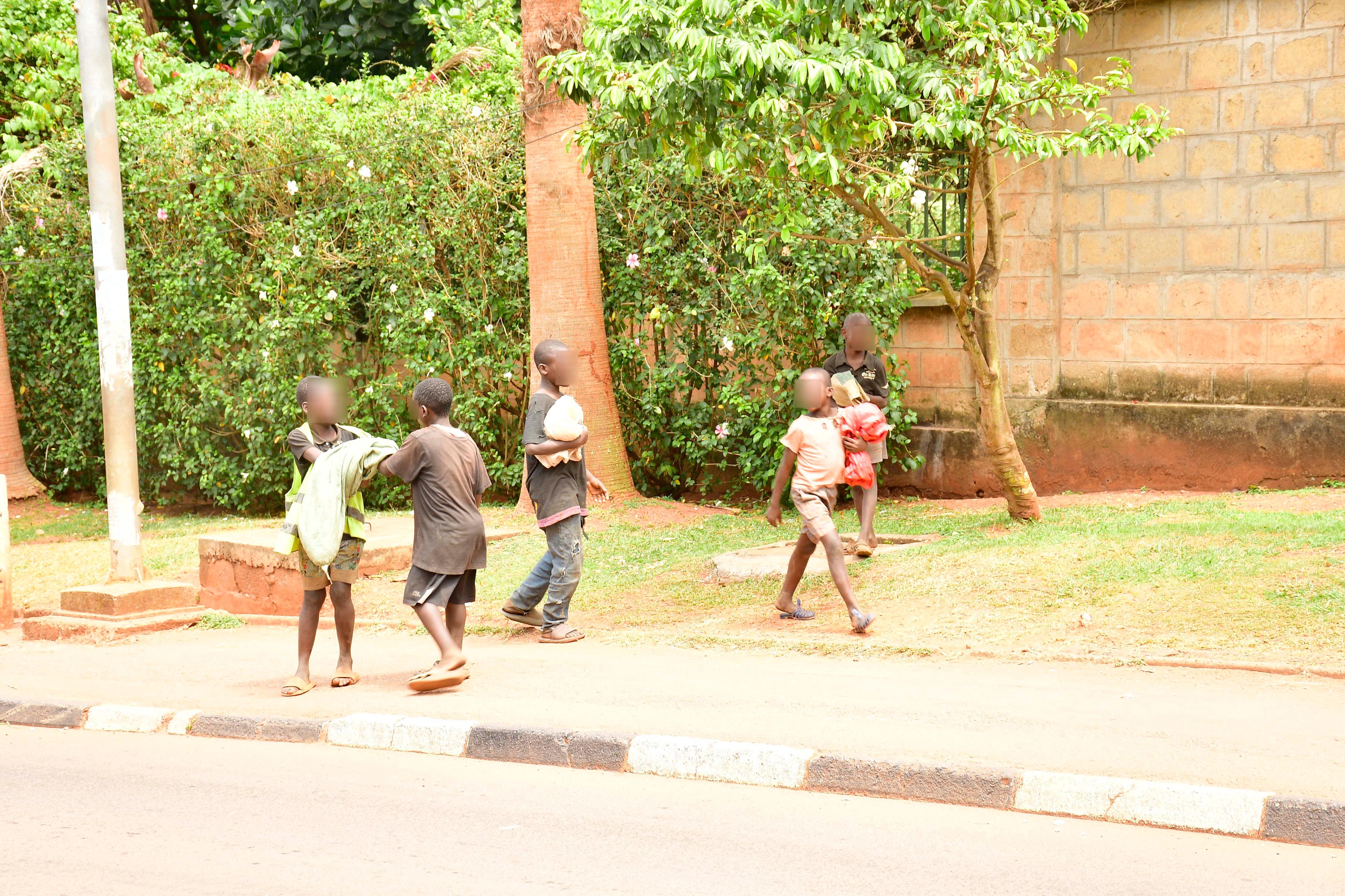
Raphael Kariuki
As the world strives to end child labour, African governments find themselves at a crucial turning point. Despite global promises, the International Labour Organisation (ILO) states that 160 million children still work today, with 79 million of these working in hazardous work.
Shockingly though, these statistics are skewed against sub-Saharan Africa. While Asia and Latin America record positive shifts in getting more children out of child labour, Sub- Saharan Africa still lags behind.
With new investments flowing into Africa, governments need to seize this moment and protect children from exploitation. African leaders must prioritise the fight against child labour to ensure all children have the chance to be children, not workers.
The primary drivers of this child labour epidemic are systemic normalised poverty and barriers to education, and largely dysfunctional families with limited skillful parenting. Financial hardships force families to rely on their children’s labour for survival. In Uganda, for instance, the national child labour rate stands alarmingly high at 40 percent, with a significant portion engaged in agriculture, particularly in coffee production. This issue is not confined to Uganda.
In neighbouring Kenya, a study by Terres des Hommes Netherlands, in partnership with Investing in Children and their Societies, revealed that in parts of the country like Busia County, Kenya for example, up to 59 percent of children are engaged in child labour, with many children working for between 21 hours and 56 hours per week as domestic helps, in mineral mines or to provide cheap and often exploitative labour in expansive farmlands.
Terre des Hommes Netherlands, an international non-governmental organisation, has been working for years in Africa and Asia to prevent and end child labour. From our experience, we know that ending child labour requires a comprehensive approach and concerted effort from all relevant stakeholders. As a result, we have launched the Magic Mica campaign that seeks to compel governments to encourage private sector companies to eliminate child labour.
This can be done in various ways such as by concluding sector agreements with companies and NGOs stipulating the elimination of child labour and by supporting programmes in which individual companies and NGOs work together to end child labour in specific sectors.
African governments can also work with trade associations and NGOs to develop tools to support SMEs to take steps. As a child rights organisation, we envision that by 2029, all supply chains of products and raw materials should be free of child labour.
The call to action is clear: Our governments must be part of the solution and enact and enforce robust measures to prevent child labour. Emerging and unregulated industries such as exploration in the mica industry in Madagascar, must be discouraged through robust legislation, from enlisting all forms of child labour.
There has been notable progress made by individual governments. For instance, the Kenyan government, in 2023, developed the National Child Labour Policy in partnership with TdH NL and other key industry players.
These concerted efforts to strengthen legal frameworks and enforcement must, however, continue.
Existing laws often have gaps and inconsistencies, failing to provide adequate protection. For instance, Uganda’s minimum working age is lower than the age for compulsory education, and its occupational safety and health regulations do not cover the agriculture sector sufficiently.
Secondly, enhancing social protection systems is crucial. Strong, child-sensitive social protection can mitigate the vulnerabilities that drive families to send their children to work.
Providing financial support to families, ensuring access to education, and promoting vocational training for out-of-school youth are essential steps. Governments should also invest in community awareness programmes to highlight the detrimental effects of child labour on health and development. Moreover, ethical sourcing and social compliance in supply chains must be prioritised.
Lastly, multi-stakeholder collaboration is vital. The success of such initiatives hinges on the commitment of all parties involved to uphold the rights of children.
Kariuki is the regional director, Africa, Terre des Hommes Netherlands





